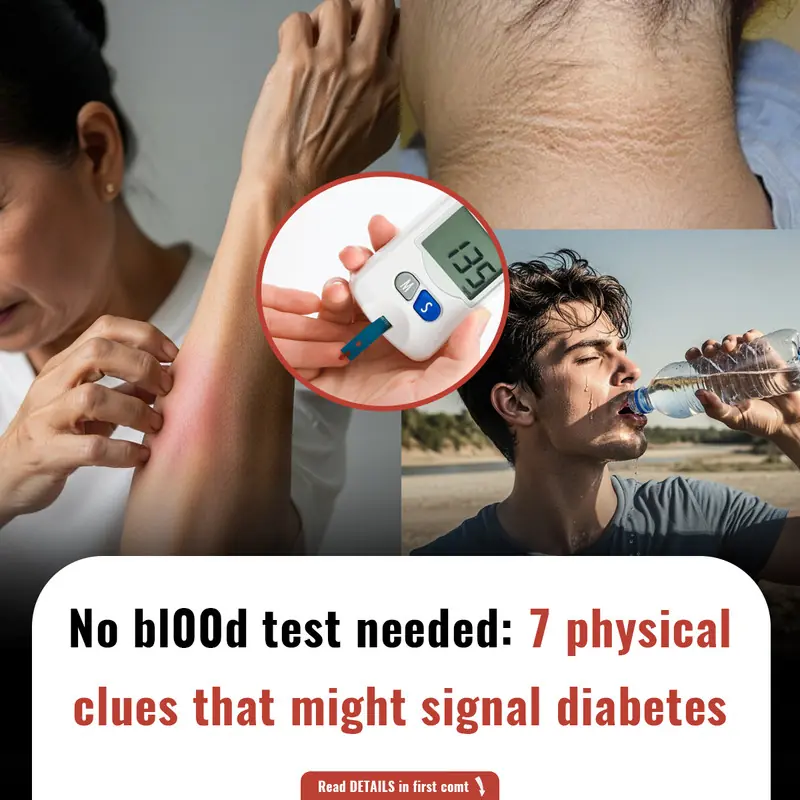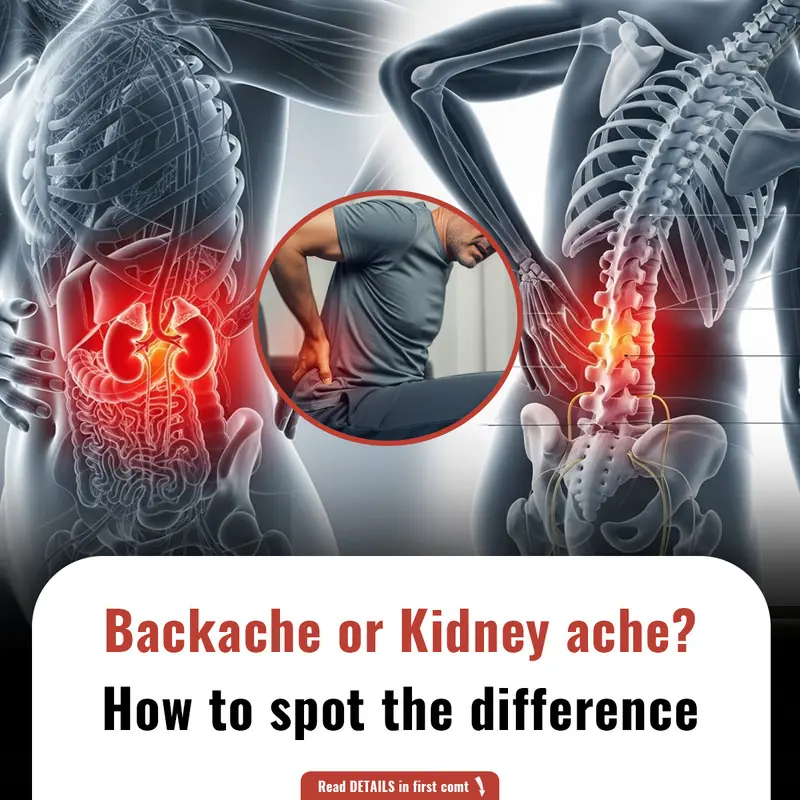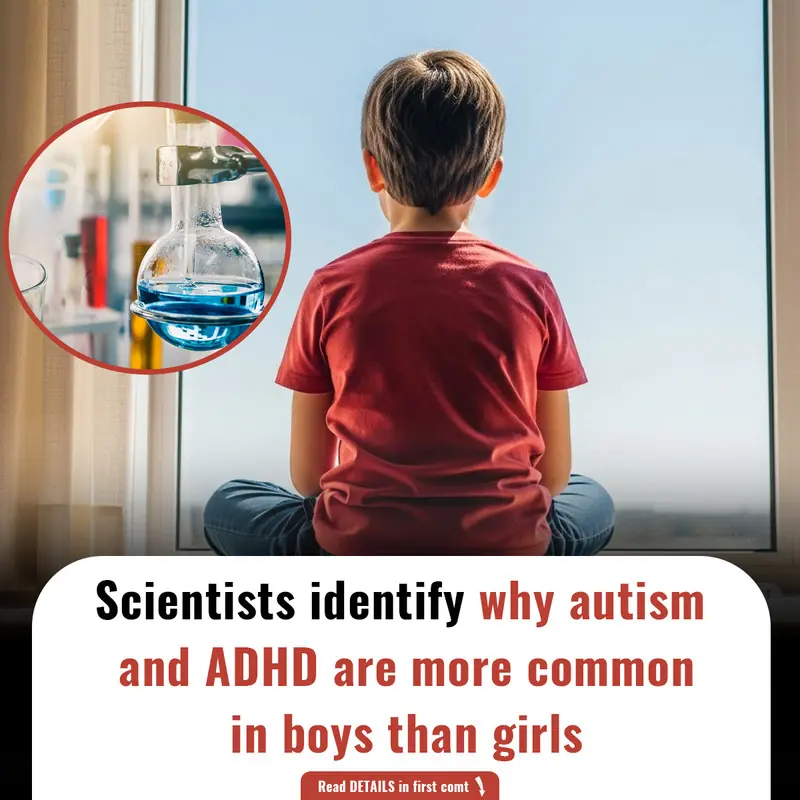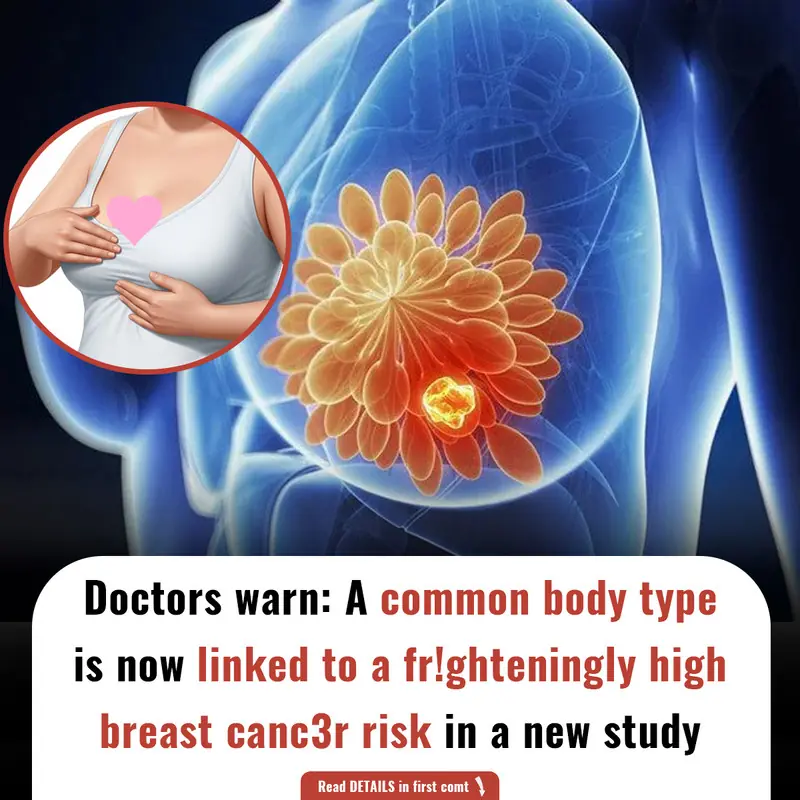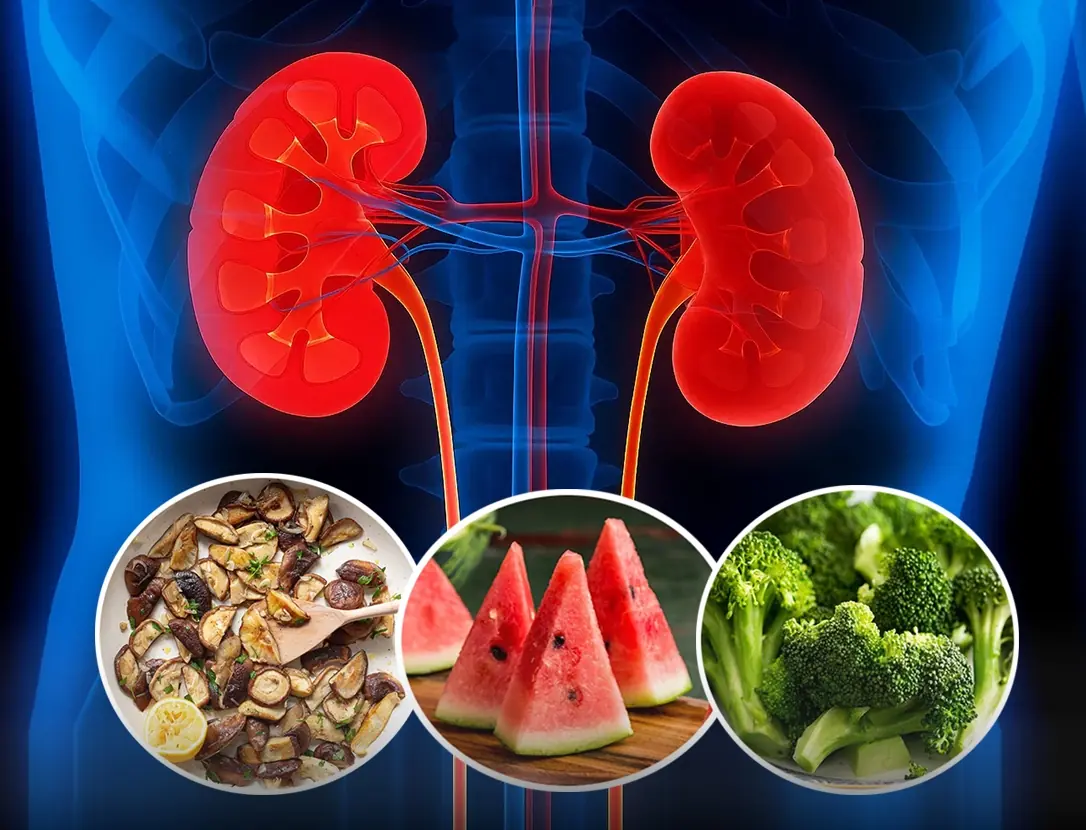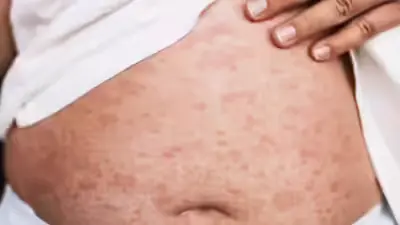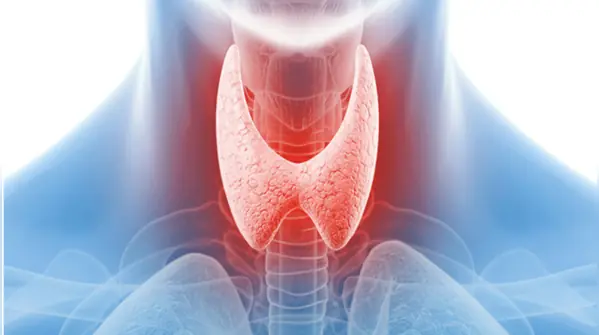Although not suffering from underlying health conditions and not consuming alcohol, obesity alone is enough to cause fatty liver and progress to cirrhosis from a very young age.
This tragic case unfolded in the United States in 2020. A 9-year-old boy with a
body mass index (BMI) of 32.1, classified as severely obese, began experiencing symptoms such as loss of appetite, nausea, and pain in the upper right side of his abdomen. Medical tests revealed serious liver dysfunction.
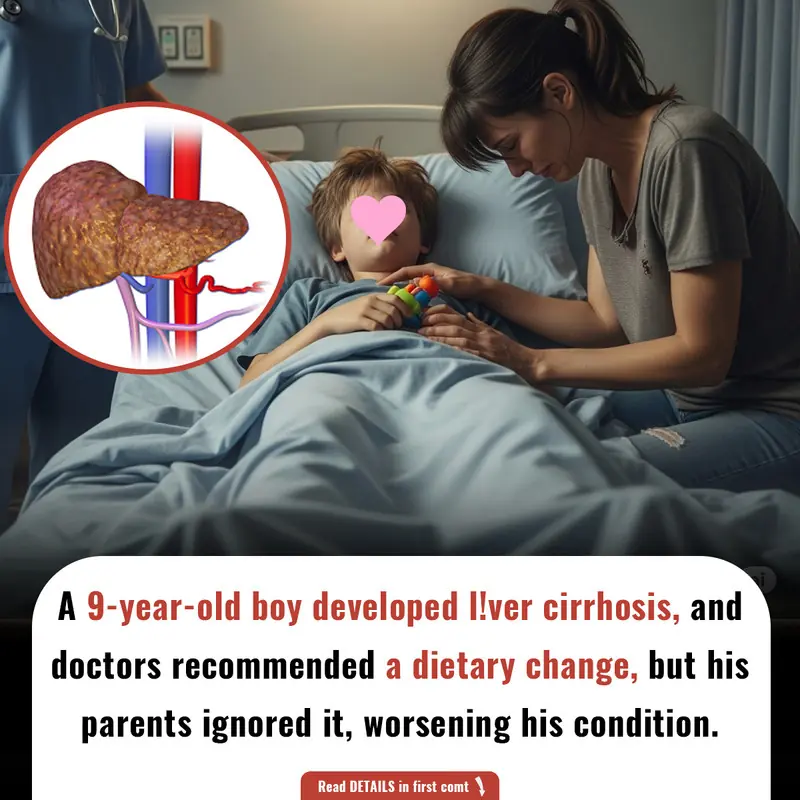
Doctors conducted thorough evaluations, including a liver biopsy, which showed extensive fat buildup in his liver along with early signs of scarring, marking the onset of cirrhosis. Alarmingly, when the boy was just five years old, his liver enzyme levels were already abnormally high. At that time, doctors had advised the family to shift his diet to a Mediterranean-style regimen, rich in vegetables, whole grains, and low in processed carbohydrates. Unfortunately, the family failed to follow through with the recommendations and neglected regular follow-up appointments, allowing the condition to worsen significantly over time.
According to medical professionals, the main culprit behind the child’s liver damage was obesity. They emphasized:
"Every such case should serve as a stark reminder that childhood obesity is a serious health threat — not just a cosmetic issue."
They also highlighted that Metabolic Associated Fatty Liver Disease (MAFLD) is becoming a growing concern in children.
Following his diagnosis, the boy was referred to specialists in hepatology and nutrition to develop a comprehensive long-term treatment plan. Doctors expressed hope that, with appropriate care, the progression of the disease could be slowed.
This case serves as a clear warning that children are not immune to the dangers of obesity, particularly liver-related diseases, which often show no obvious symptoms in the early stages but can lead to life-threatening complications later on.
Why Childhood Cirrhosis Is So Dangerous
Cirrhosis in children is a life-threatening condition that can significantly hinder physical and mental development. Here's why it’s particularly severe:
1. Rapid Progression and Severe Liver Dysfunction
Compared to adults, liver cirrhosis in children tends to progress more quickly, leading to a dramatic decline in liver function. When the liver can no longer filter toxins efficiently, substances like ammonia accumulate in the bloodstream, potentially triggering hepatic encephalopathy (coma) — a condition that can be fatal without immediate intervention.
2. Serious Complications That Can Endanger Life
Children with cirrhosis face many of the same life-threatening complications as adults, often with more serious consequences due to their developing bodies:
-
Portal Hypertension: Scar tissue blocks blood flow through the liver, raising pressure in the portal vein, and causing esophageal and gastric varices to form.
-
Gastrointestinal Bleeding: These swollen veins can rupture, resulting in severe internal bleeding, manifesting as vomiting blood or passing black or bright red stools — a medical emergency.
-
Ascites and Edema: Fluid may build up in the abdomen and legs due to pressure in the liver and low blood protein levels, causing pain and discomfort.
-
Spontaneous Bacterial Peritonitis: Infection of the abdominal fluid can lead to intense abdominal pain, fever, and even sepsis.
-
Hepatic Encephalopathy: Accumulated toxins impair brain function, causing symptoms like confusion, behavioral changes, drowsiness, or even coma.
-
Hepatorenal Syndrome: Kidney function deteriorates as a consequence of liver failure.
-
Bleeding Disorders: Since the liver helps produce clotting factors, children with cirrhosis may bruise easily, suffer from frequent nosebleeds or gum bleeding, and have trouble stopping bleeding.
-
Malnutrition and Developmental Delays: Reduced appetite, poor digestion, and nutrient malabsorption lead to weight loss, stunted growth, and delayed intellectual development.
-
Jaundice: Yellowing of the skin and eyes from bilirubin accumulation.
-
Skin Itching: Caused by bile buildup under the skin.
-
Risk of Liver Cancer: While rare in children, cirrhosis significantly increases the risk of hepatocellular carcinoma, a type of liver cancer.
3. Difficulties in Diagnosis and Treatment
In the early stages, cirrhosis often presents with vague symptoms like fatigue, poor appetite, or weight loss — signs easily mistaken for other common ailments. This makes early detection challenging.
Cirrhosis is a chronic and irreversible condition. There is currently no cure. Treatments focus on managing the underlying cause, alleviating symptoms, and preventing complications.
In advanced stages, a liver transplant may be the only viable option. However, this solution comes with significant challenges: finding a suitable donor, the high cost of surgery, and the potential risks associated with the procedure.
Final Thoughts
Cirrhosis in children is a critical health issue that demands early intervention and aggressive management. Early diagnosis, proper nutrition, medical care, and — in severe cases — liver transplantation are key to improving outcomes and ensuring a better quality of life for affected children.
The case of the 9-year-old boy stands as a powerful reminder of how vital parental awareness and preventative care are in protecting children from obesity-related illnesses. Families must prioritize healthy eating habits and regular medical checkups to safeguard their children’s long-term health.


